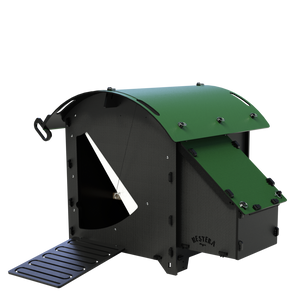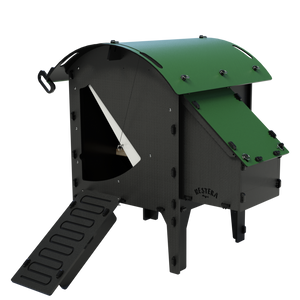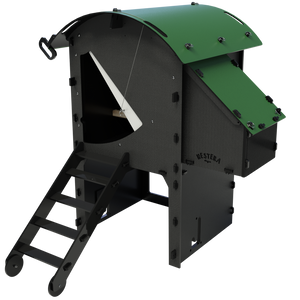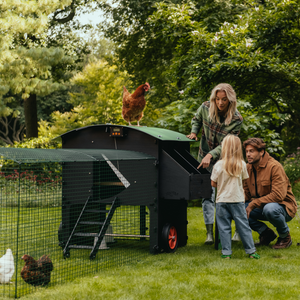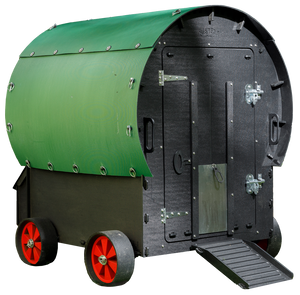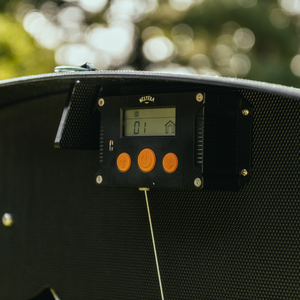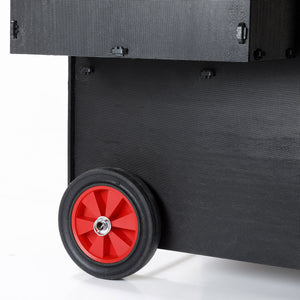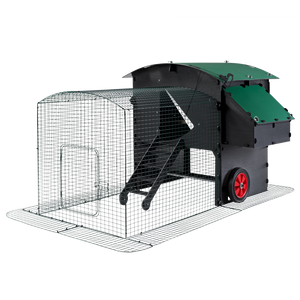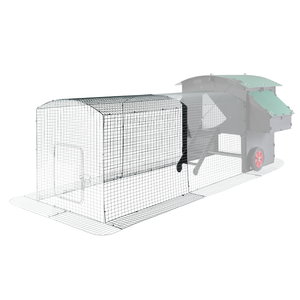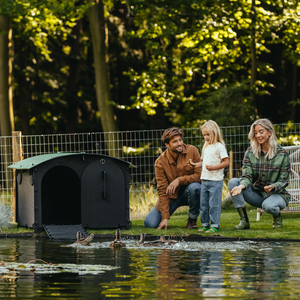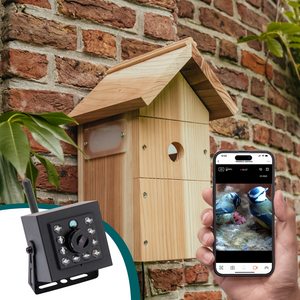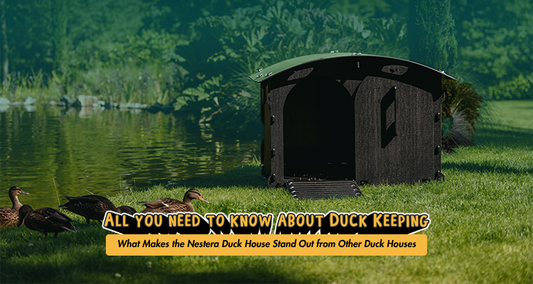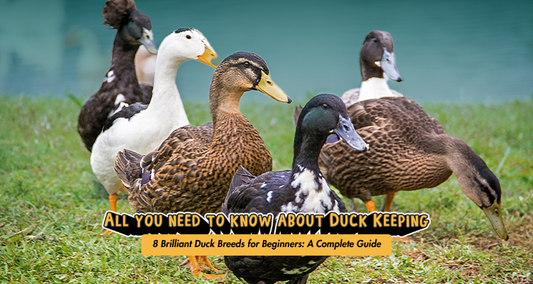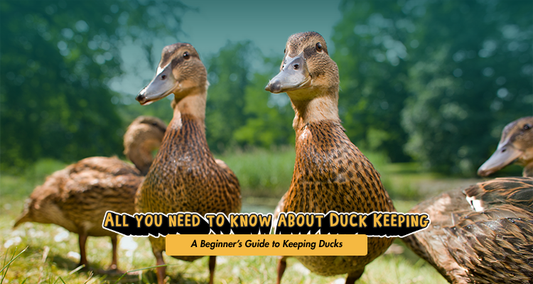This is an important question and the number of chickens you want as well as the breed need to be considered. For example, if you opt for Bantams, you can accommodate quite a few more birds than if you go for a large fowl, such as the Brahma or Cochin.
Keeping a Happy, Healthy Flock
Nestera’s primary objective is ensuring happy, healthy flocks at all times, so first off, it's important to know that packing too many birds into a coop causes them stress – and stressed birds do not lay well. Overcrowding is likely to cause bullying as they fight over space and also increases the risk of disease. In addition, overcrowded birds get hot (imagine a tube train during rush hour in the summer!) and this causes condensation; the presence of which can increase the risk of respiratory problems.

On the other hand, if your chicken coop is too spacious for the number of chickens you have, this can cause problems too. While a chicken’s feathers are an excellent insulator, this issue is especially noticeable in winter when the chickens’ combined body heat isn’t sufficient to heat the air around the birds and they get too cold.
Never completely close the ventilation holes on the side of a Nestera coop. Even in the depths of winter, it’s better to have slightly chilly birds than a flock who don’t have enough fresh air to breathe.
You should always aim have a slightly larger house than the minimum for your chosen number of birds. This provides them with a good amount of space, and you with the option of being able to increase your flock at some point in the future.
Working Out What Size Chicken Coop You Need
When calculating how many birds you can fit in a coop, there are three things to consider:
1. Headroom
Headroom is important, particularly with large birds. You should always allow sufficient headroom above the perch for a bird to stand upright. The minimum is about 200mm. Our entire range of chicken coops takes this into consideration and allows for ample headroom above the perches, even in our smallest model.
2. Floor area
The Poultry Club of Great Britain provides guidelines regarding the minimum space required per bird. They state you should allow 200 x 200mm (8 x 8”) for bantams (equivalent to 25 birds per square metre) or 300 x 300mm (1 square foot) for large fowl (equivalent to 11 birds per square metre).
The ‘gold standard’ for welfare is generally considered to be the Soil Association, which specifies a minimum stocking density of six birds per square metre for large fowl. This means each laying bird has a floor space of 400 x 400mm.
You’ll notice these two figures are different so it's up to you to decide which standard to adopt – but remember these are minimum areas! The more floor area you can provide per bird, the better.

3. Perch length
Once again, standards vary when it comes to recommended perch space. For large fowl, the Soil Association recommends 180mm per bird, while the Poultry Club of Great Britain recommends 200mm. Again, these are minimum lengths and the more perch space you can offer, the better – especially as this will allow a bullied bird to move away from the bully. For large fowl, we recommend using the 200mm option as your guide. With smaller birds like Bantams, around 120mm will be sufficient.
If there is more than one perch in the coop, there needs to be adequate space between them – ideally at least 150mm.
The welfare guidelines and other key resources for both the Poultry Club of Great Britain and the Soil Association are available here:
Nestera offers a range of sustainably chicken coops, all made at our UK workshop and offering a 25-year warranty to ensure your flock stays happy, healthy and comfortable all year round. Check them out here.

